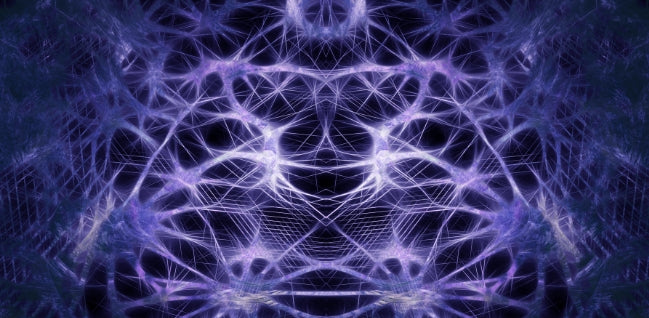How The Brain ‘Talks’
Neurotransmitters are chemical messengers that send information throughout the body. In order for neurotransmitters to move throughout the body and send these messages, they need to pass through neurons. Neurons receive, integrate, and dispatch these messages to other neurons in the body until the message has met the neuron that is the final destination.

Neurotransmitters are chemical messengers that send information throughout the body. In order for neurotransmitters to move throughout the body and send these messages, they need to pass through neurons. To review the differences between neurotransmitters and neurons check out What are Neurotransmitters?
Neurons receive, integrate, and dispatch these messages to other neurons in the body until the message has met the neuron that is the final destination. Anything we do, feel, hear, see, etc., happens because neurotransmitters send the messages all over the brain and body. For example, if a light hits your eye, it is this process of sending messages between your brain and eye to allow you to see and understand what you are seeing.
So how exactly does the brain ‘talk’? Imagine neurotransmitters as if they were text messages holding information within and the neurons are the cell phones. In order for the text message (neurotransmitter) to be sent and received, there needs to be an electrical signal in the cell phone (neuron). With regard to the neuron, we need to have the electrical signal known as an actional potential to send messages from one neuron to the next. This is an ‘all or nothing’ law, you cannot send half a message. Just like a cell phone, it either sends the whole text message or nothing at all -- the same goes for this process, the neurons either send the whole message or does not send anything at all. This whole process is known as a synapse. There are 100s-1000s of trillions of chemical messengers in the brain that are being fired all over the body, and within milliseconds they reach their destination!
What is most interesting about this process is that not every message can be sent to just any part of the body. There are specific neurotransmitters that can bind to certain neurons to send information. It is as if they were a lock and key -- you need to have the right key (neurotransmitter) to open the lock (neuron) for the message to get through and move on to the next neuron. For example, if the brain sends a message to activate movement in the hand, it would only work if a neurotransmitter (key) that activates movement sends the message to the motor neuron (lock) for the hand to move. However, this same neurotransmitter that activates the motor neuron, would not be sent if say the message were to regulate sleep.
To learn the differences between these neurotransmitters and their functions and characteristics throughout the body, check out What are the Main Neurotransmitters?

